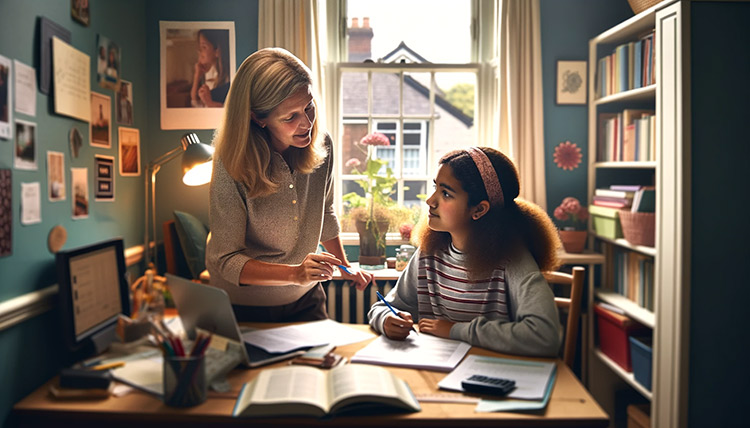In the world of education, the quest for academic excellence is an unending journey. As students and parents alike seek ways to enhance learning and achieve outstanding results, the role of tutoring has gained significant importance. Private tutoring, in particular, has emerged as a potent tool in shaping academic success.
In this blog, we will explore the transformative impact of tutoring on academic performance through three impressive case studies. Each case will shed light on how the guidance of a private tutor can make a remarkable difference in a student’s educational journey.
Case Study #1: Sarah’s Struggle in Math
Sarah, a high school student in the GTA, had always found math to be a daunting subject. Her grades were consistently below average, and she lacked confidence in her abilities. Her parents decided to seek the help of a Tutoring Expert specializing in math.
Impact of Tutoring: Within a few months of regular tutoring sessions, Sarah’s performance showed a significant improvement. Her math scores began to rise, and her understanding of complex concepts grew stronger. With the guidance of her math tutor, she not only overcame her fear of math but also started to excel in the subject.

Case Study #2: Daniel’s Language Challenge
Daniel, a middle school student who was new to Canada, faced a language barrier that hindered his academic progress. His parents sought the assistance of a private tutor to help him improve his English skills.
Impact of Tutoring: Through personalized lessons and focused attention from his private tutor, Daniel’s English skills began to flourish. He not only developed better reading and writing abilities but also gained confidence in his communication skills. His improved language proficiency reflected positively in his overall academic performance as well as social groups.
Case Study #3: Maria’s Pursuit of Excellence
Maria, a high school senior with aspirations of attending a prestigious Ontario university, realized the need for support in her advanced science courses. She decided to work with a private tutor who had a strong background in her desired field of study.
Impact of Tutoring: With the guidance of her private tutor, Maria not only mastered challenging scientific concepts but also excelled in her exams and coursework. Her dedication, coupled with the expert guidance of her tutor, played a pivotal role in securing her admission to her dream university.
Update: Maria is on track to graduate and is performing above average.
Conclusion
These case studies highlight the undeniable impact of tutoring on academic performance. Whether it’s a math, science a private tutor specializing in language, the personalized attention and tailored support they provide can lead to remarkable improvements in students’ grades and more importantly confidence.
If you’re seeking similar academic success for yourself or your child, consider exploring the possibilities of private tutoring. The stories of Sarah, Daniel, and Maria serve as inspirational examples of how the proper guidance can unlock one’s full potential and pave the way for a brighter academic future.


